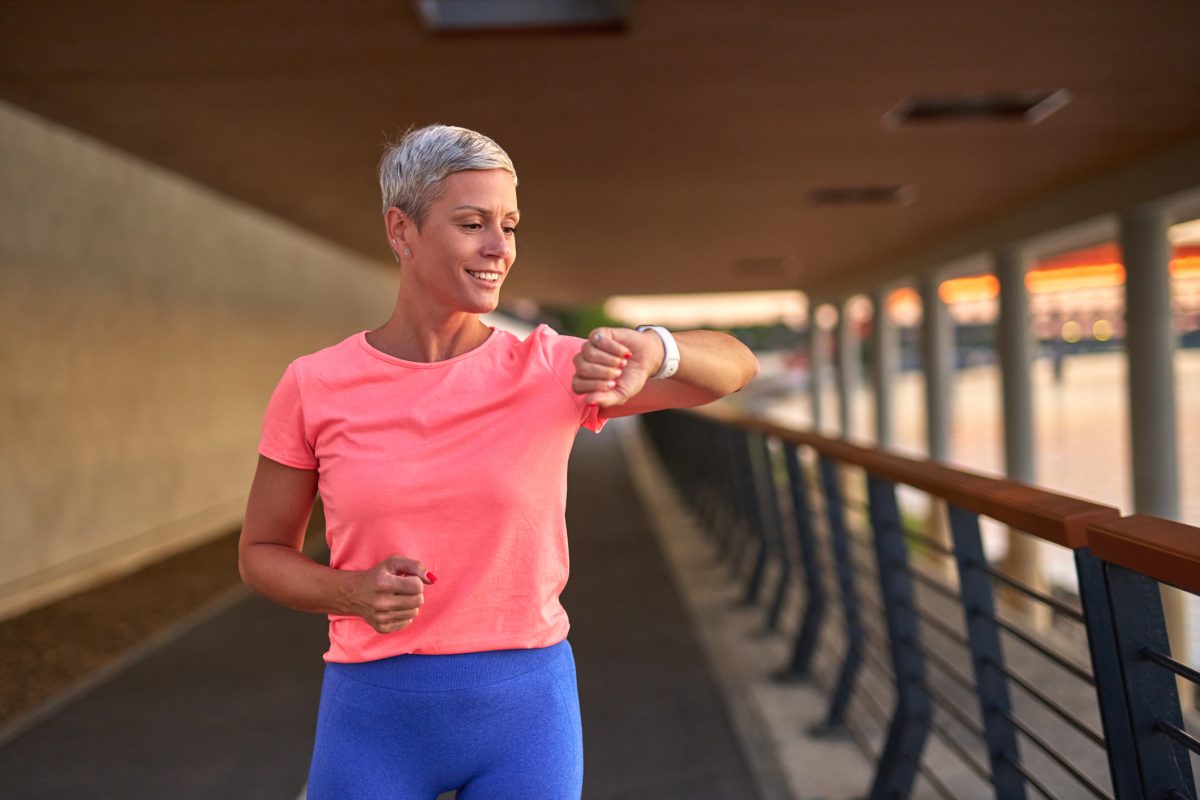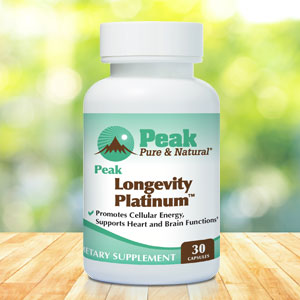We have all kinds of reasons (read, excuses) for not exercising. And I should know. I’ve used them all.
“I’m too tired.”
“I don’t have the money to join a gym.”
“I don’t have the time.”
“It’s too hard.”
Well, a study I’ve just read has blown all those excuses right out of the water.
I don’t need a gym. All I need is fifteen minutes and my own two feet.
If I can do it, so can you!
All it takes is 15 minutes
One might assume that more is better, especially when it comes to a healthy habit.
But researchers at Vanderbilt University have shown that, when it comes to living longer, that adage doesn’t necessarily hold water — at least when it comes to walking.
The researchers analyzed the physical activity of almost 80,000 adults over a 17-year span. They tracked the length of time spent walking, the time spent walking briskly, and, where applicable, the cause of death.
Their findings were rather eye-opening….
“Our research has shown that fast walking as little as 15 minutes a day was associated with a nearly 20 percent reduction in total mortality, while a smaller reduction in mortality was found in association with more than three hours of daily slow walking,” says Vanderbilt epidemiologist Dr. Wei Zheng.
In other words, 15 minutes of brisk walking has the potential to reduce your risk of dying more than a long, slow three-hour walk.
This was found to be especially true when it came to mortality due to cardiovascular disease.
These findings support previous research showing that a faster walking pace was associated with longer telomeres —the “caps” at the ends of our chromosomes (short telomeres are associated with aging, frailty, disease and death).
While the Vanderbilt study doesn’t show a direct cause-and-effect relationship, the researchers think that the benefits that aerobic exercise brings to heart health are key:
- Fast walking makes the heart work harder, which improves cardiovascular health
- Burning calories can help maintain a healthy weight.
Getting the most out of your walk
Walking is a simple, natural activity. We all do it. But what constitutes a “brisk walk?”
Just walk as you normally would, let your arms swing naturally at your sides, and gradually pick up the pace so you feel only slightly out of breath.
If you use a step counter, work up to getting about 100 to 120 steps per minute, or at least enough to break a sweat.
Here are a few tips to help you get the most out of your daily brisk walk…
Take a walk after dinner. As we get older, insulin’s response to a large meal tends to be weaker later in the day, but a short after-dinner walk can help keep blood sugar under control.
Don’t let back pain stop you. Contrary to what you might think, walking is good for lower back pain. The spinal movements and weight-bearing during walking strengthen the spine. Walking also releases endorphins, the body’s natural pain relievers.
Climb those stairs! Don’t let bad weather stop your walking habit. Climbing five flights of stairs per day could lower your risk of heart disease by 20 percent!
Try walking backwards. But don’t worry about doing it briskly, unless you’re especially skilled at it. Merely walking backwards already expends almost 40 percent more energy than regular walking. It is also considerably easier on the joints.
Sources:
Short, Brisk Walks Could Help You Live Longer Than Long, Slow Strolls — Science Alert
Daily Walking and Mortality in Racially and Socioeconomically Diverse U.S. Adults — American Journal of Preventive Medicine
Read full article here



